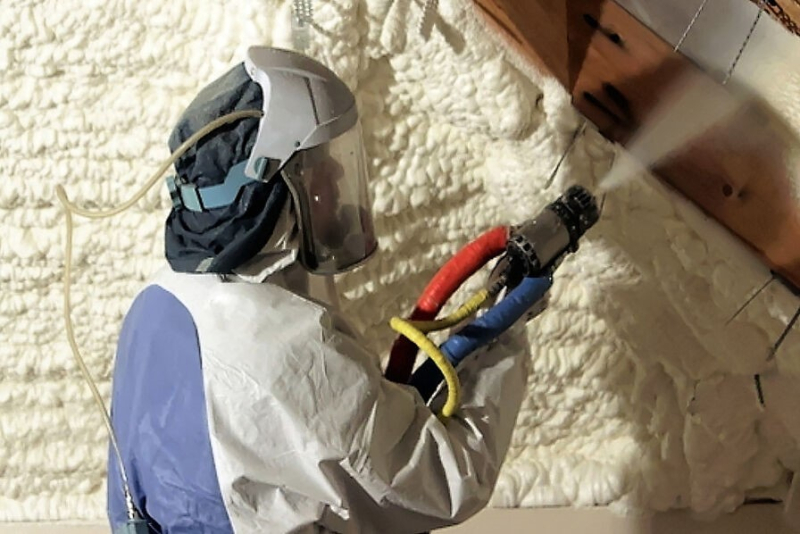
The sixth category of commodity polymers is produced on a scale of 30 million tons per year. Polyurethane materials are polymers resulting from the reaction between basic bricks, isocyanates, polyisocyanates and alcohols. The resistance of these polymers to solvents, heat and abrasion makes them materials of choice for many industrial and household applications, including insulating foams, paints, varnishes, sealants and even adhesives. However, isocyanate components have well-established toxicity, as occupational exposure to these compounds via inhalation or skin contact may result in allergic reactions, respiratory problems, and even serious lung disease. Therefore, strict regulations have been put in place regarding their handling, storage and disposal. Despite their undeniable utility, replacing these basic molecular building blocks in organic chemistry and macromolecules with less toxic precursors is therefore challenging from a fundamental, industrial and health point of view.
In this context, researchers from the Institute of Molecular Sciences (CNRS/Bordeaux INP/Bordeaux University) have recently developed a method that makes it possible to incorporate isocyanate functional precursors into the carbon chain of alkanes or polymers such as polyethylene (PE). ). These convincing isocyanate functionalities can easily be grafted onto carbon molecules by activating weakly interacting hydrogen-carbon bonds with an inexpensive urea-derived reagent. As long as the functions remain hidden in the initial form, the molecules they contain can be manipulated without risk. These functionalities can then be easily exposed in the final formulation to react with alcohols and create the final material, foam or coating. In the study published in the magazine ACS catalysisThis strategy has been applied to polyethylene machining. In addition to polyurethane materials, scientists explain that this operating strategy also suggests potential developments for polyethylene recycling by treating waste generated by these environmentally harmful materials.






